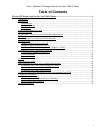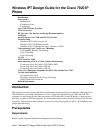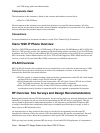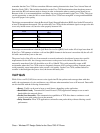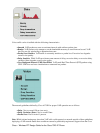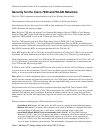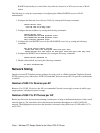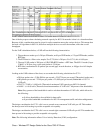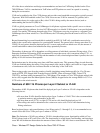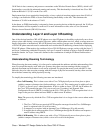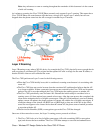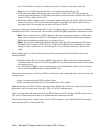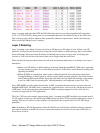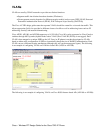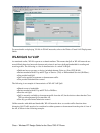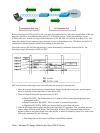RADIUS functionality in a small office, but could also be used as a ACS server in case of WAN
failure.
The following is a step−by−step example of configuring the fallback RADIUS server for LEAP
authentication:
Configure the Network Access Server (NAS), by issuing the following commands:
radius−server local
nas 192.168.10.35 key Cisco
nas 192.168.10.45 key Cisco
1.
Configure the user database, by issuing the following commands:
radius−server local
user BM−AP1200−one−SCM password Cisco
user BM−AP1100−two−SCM password Cisco
user testuser password Cisco
2.
Configure the local RADIUS server in the APs RADIUS server list, by issuing the following
commands:
aaa group server radius rad_eap
server 192.168.10.45 auth−port 1812 acct−port 1813
radius−server host 192.168.10.45 auth−port 1812 acct−port 1813 key Cisco
3.
Configure the RADIUS server timeouts, by issuing the following commands:
radius−server deadtime 10
4.
Disable client holdoff, by issuing the following command:
no dot11 holdoff−time
5.
Network Sizing
Outside of normal IP Telephony design guidance for sizing (such as a Public Switched Telephone Network
(PSTN) gateway ports, transcoders, and WAN bandwidth), there are several 802.11b specific considerations
to address.
Number of 802.11b Devices per AP
Between 15 to 25 802.11b devices per AP is recommended. Normal caveats apply in terms of traffic types,
usages patterns, and physical space coverage.
Number of 802.11b IP Phones per AP
Before any discussion about network planning can take place, it helps to understand the basics of the overall
network capacity. The chart below shows the theoretical maximum throughput of an 802.11b WLAN
network. The highlighted sections show the data that is relevant for the packet sizes of VoIP traffic (G.711
and G.729).
Cisco − Wireless IPT Design Guide for the Cisco 7920 IP Phone



